How to Choose the Right Moisturizer and Protect Your Skin Barrier ?
✅ Importance of protecting the skin barrier
If there’s one golden rule in skincare, it’s this: never skip moisturizer.
Without proper hydration, your skin becomes dry, dull, and more prone to sensitivity, breakouts, and premature aging.
But finding the right moisturizer isn’t just about grabbing any cream off the shelf.
It’s about understanding your skin type, identifying what ingredients support your skin barrier, and applying it at the right time in the right way.
In this guide, we’ll explore personalized moisturizer strategies based on skin type, barrier-repairing ingredients backed by science, and expert tips for maximum hydration.
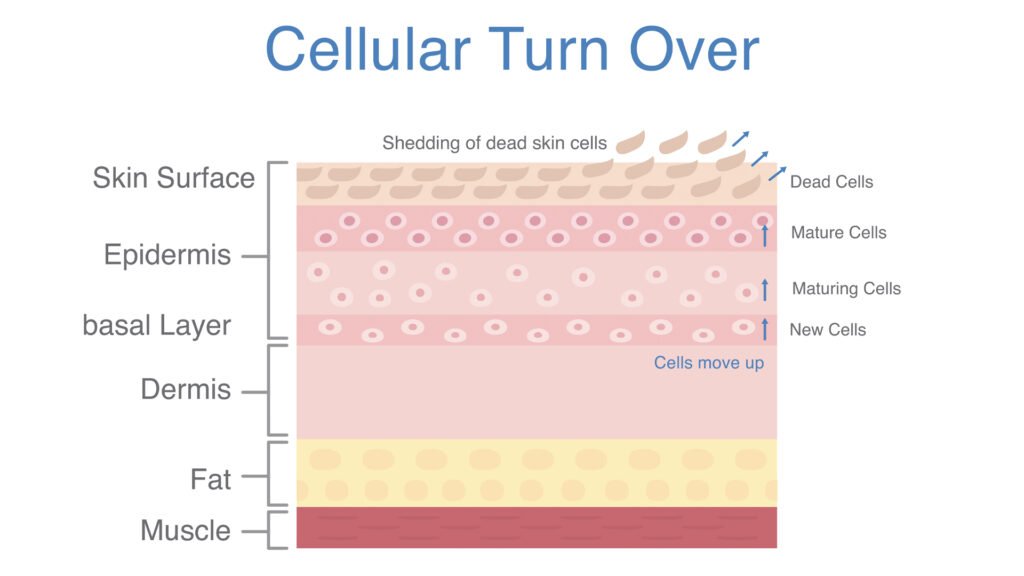
💧 Why Is Moisturizing So Important?
Your skin barrier acts like a shield that locks in moisture and defends against pollutants, bacteria, and environmental stress.
It’s made up of skin cells (corneocytes) and lipids like ceramides, fatty acids, and cholesterol — think of it as bricks and mortar.
When this structure weakens, your skin loses hydration, becomes sensitive, and shows signs of stress. A good moisturizer is your best defense.
👉 Basic Skincare Routine – 5 Essential Steps for Healthy Skin
👉 Know Your Skin Type for Smarter Skincare
👉 PubMed Review: Skin Barrier and Moisturization Function
🧴 Moisturizer by Skin Type
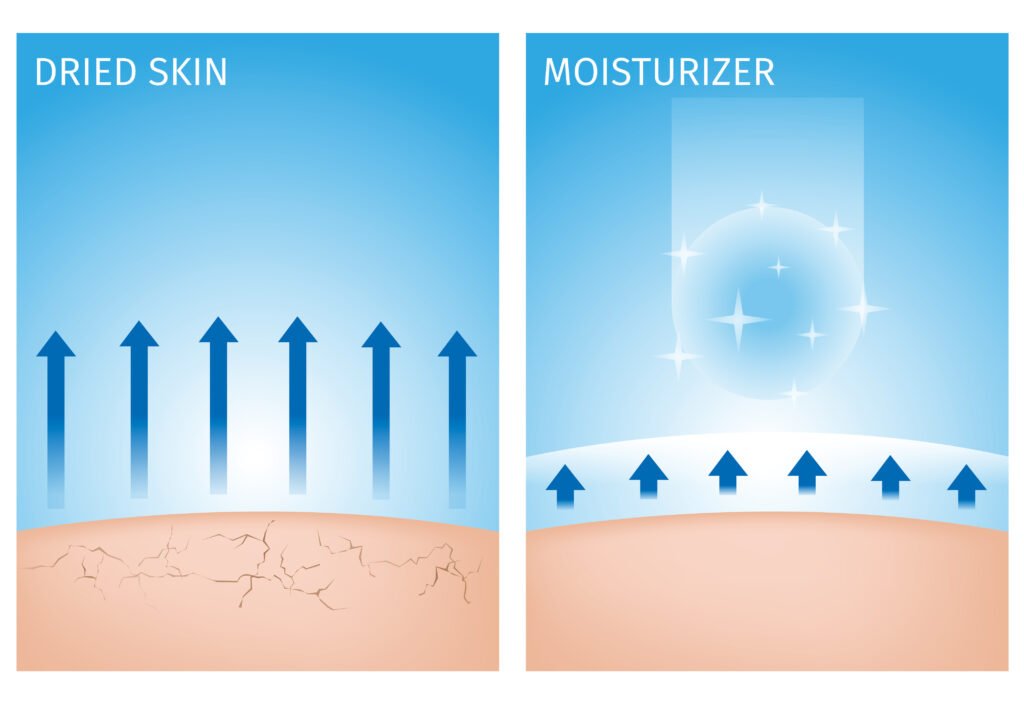
1. Dry Skin
- Ingredients to look for: Ceramides, hyaluronic acid, squalane, shea butter
- Best textures: Rich creams or balms
- Tip: Apply twice daily and layer generously after cleansing to lock in moisture.
👉 The Role of Moisturizers in Addressing Various Kinds of Dermatitis
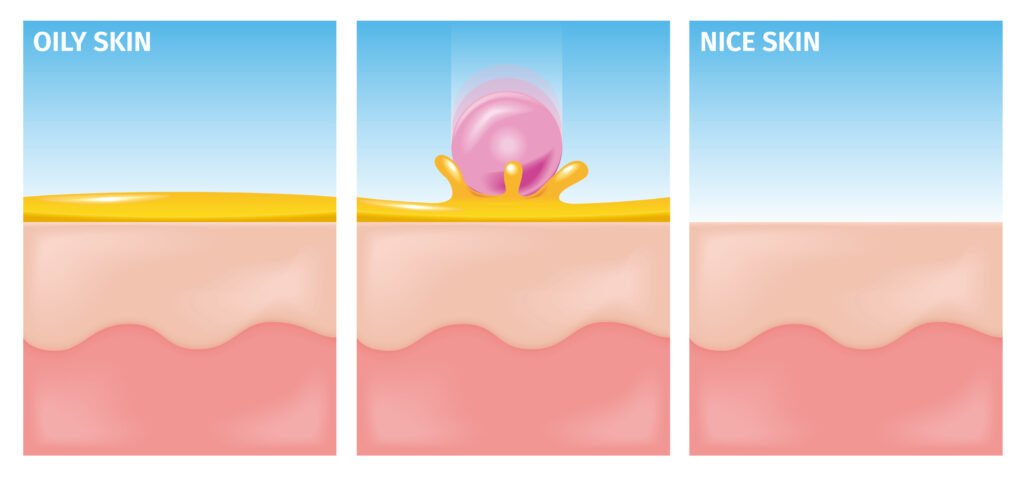
2. Oily Skin
- Ingredients to look for: Panthenol, green tea extract, aloe vera, niacinamide
- Best textures: Lightweight gel or lotion, oil-free formulas
- Tip: Even oily skin needs moisture — dehydration can lead to more oil production.
👉 5 Step Basic Skincare Routine – The Basics for Healthy Skin
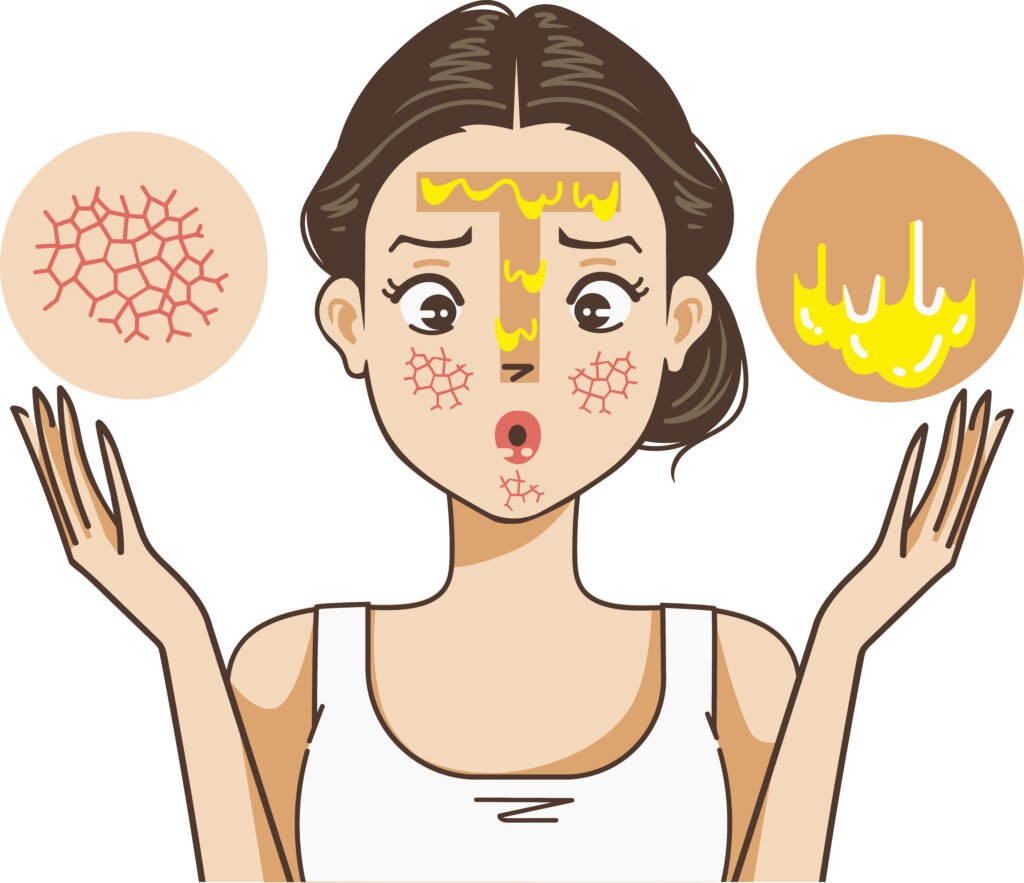
3. Combination Skin
- Ingredients to look for: Glycerin, niacinamide, avocado oil
- Best textures: Gel/lotion for the T-zone, cream for the cheeks
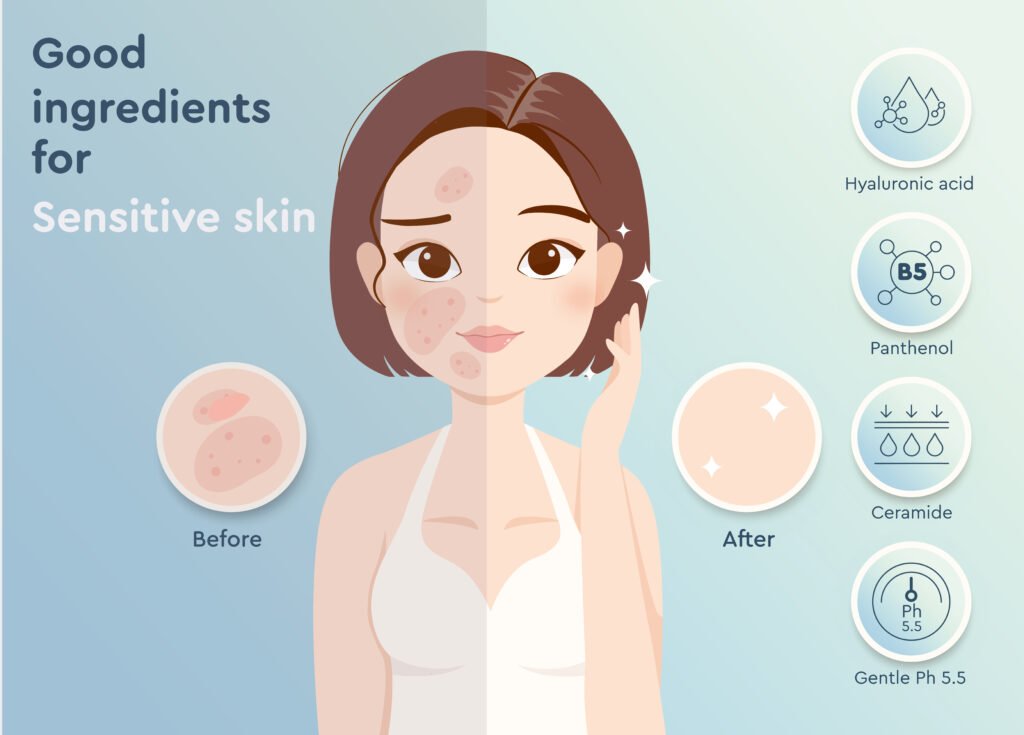
4. Sensitive Skin
- Ingredients to look for: Madecassoside, centella asiatica (cica), colloidal oatmeal
- Best textures: Fragrance-free, alcohol-free, non-comedogenic
- Tip: Always patch-test before using a new product.
👉 Knowing your skin type makes skin care easier
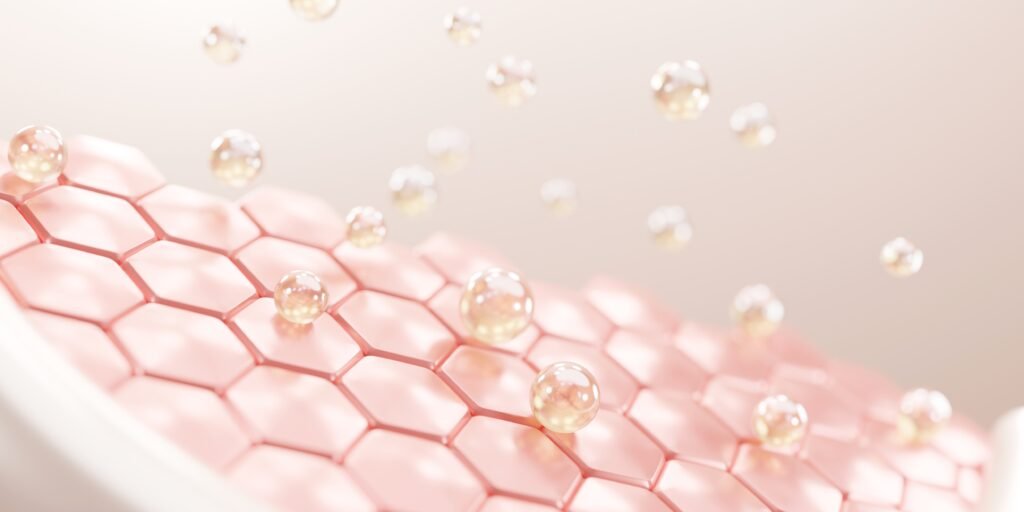
🔬 Top 5 Skin Barrier Supporting Ingredients
| Ingredient | Benefit |
|---|---|
| Ceramides | Strengthens skin barrier and locks in moisture |
| Panthenol | Calms irritation, supports healing |
| Madecassoside | Reduces inflammation, supports regeneration |
| Squalane | Deep hydration and sebum balancing |
| Hyaluronic Acid | Binds moisture to the skin, plumps and hydrates |
🔬 Authoritative Resources:
👉 AAD: How to Choose a Moisturizer
👉 PubMed: The Importance of a Healthy Skin Barrier
👉 PubMed: The Efficacy of Ceramide-Containing Moisturizers in Atopic Dermatitis
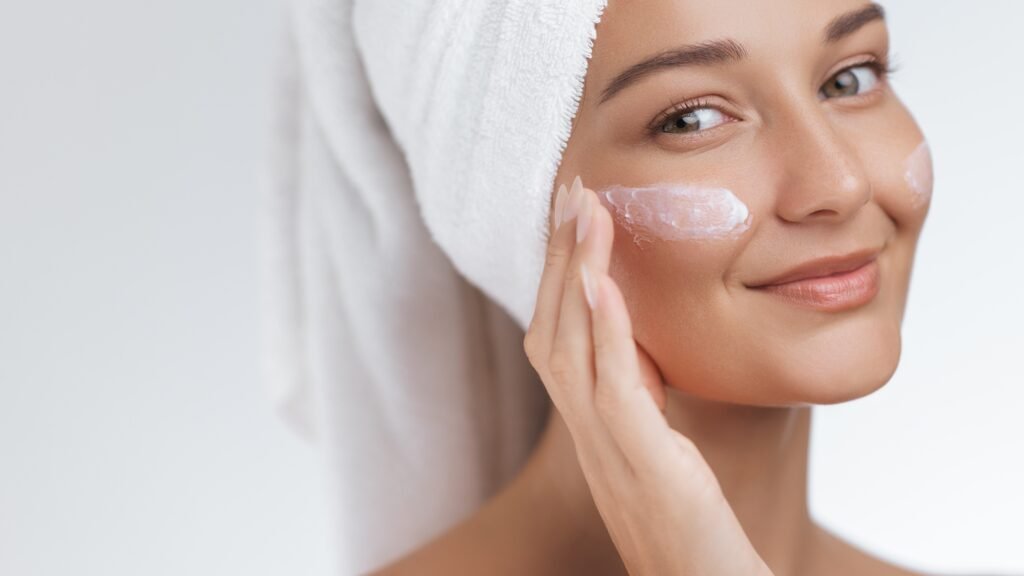
🧼 How & When to Use Moisturizer
Timing matters:
- Morning: Lightweight moisturizer to shield skin throughout the day
- Evening: Thicker formula to support overnight repair
- Golden Rule: Apply within 1 minute after cleansing to trap hydration
Tips for better absorption:
- Warm up the product in your hands
- Press gently onto the skin rather than rubbing
- Use thicker layers on irritated or flaky areas
🚫 Common Moisturizer Mistakes
- ❌ Choosing popular products without checking if they suit your skin type
- ❌ Avoiding moisturizers due to oily skin
- ❌ Using too many products with overlapping ingredients
- ❌ Assuming “fragrance-free” means non-irritating
🔍 Pro Tip: Focus on 3–4 hero ingredients and build your routine around them.
🔚 To summarize the contents
You don’t need a complicated skincare routine to achieve glowing skin — you need smart hydration.
A moisturizer that matches your skin type and supports your barrier will help prevent aging, reduce sensitivity, and give you a more resilient, balanced complexion.




Pingback: Anti-aging Ingredients: Your Guide to Youth - GlowTrek